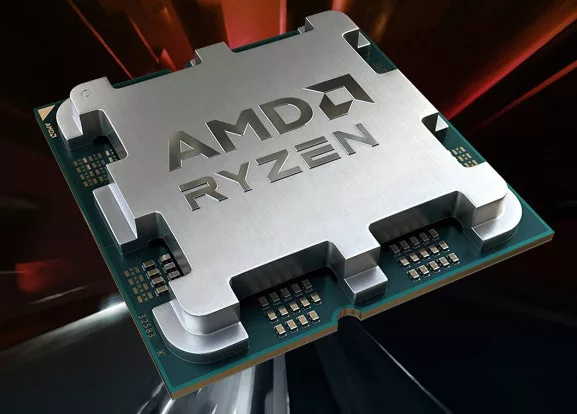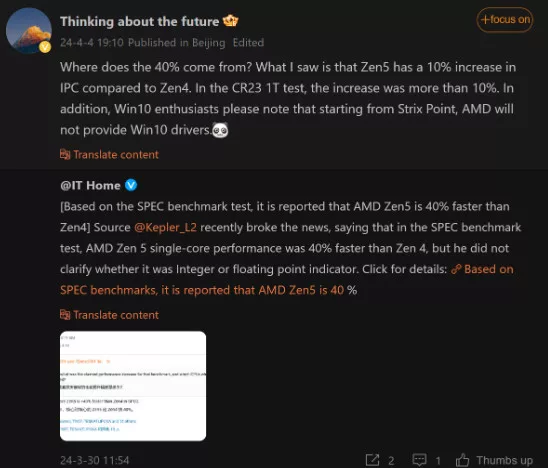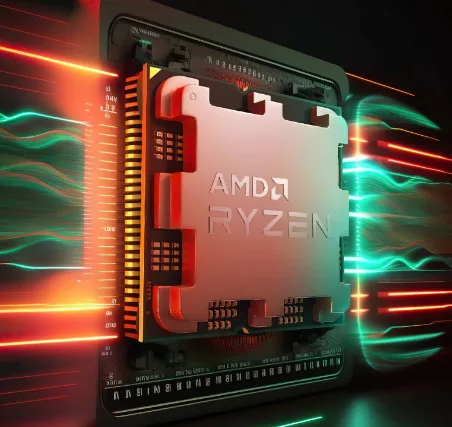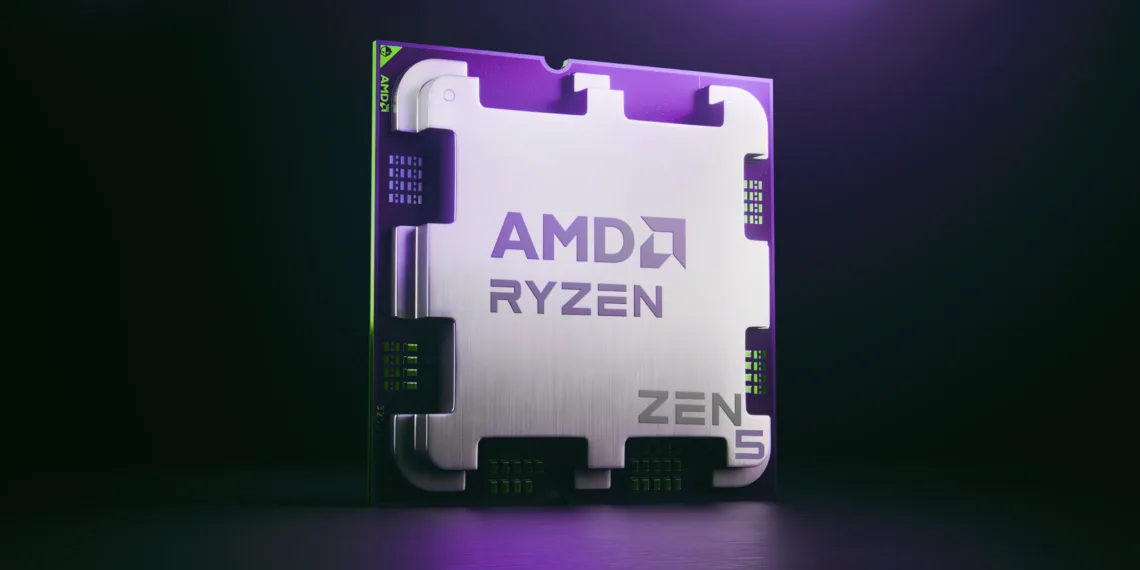Leakers claim that AMD’s Zen 5 CPUs will hatch roughly a 10% increase in IPC with the core architecture that will coat the ground. The potential release has always been on the rise, with the company’s next-generation Zen 5 core architecture slated for release soon, potentially around Computex 2024.

The 10% Boost in AMD Zen 5 CPUs
Leaks of many CPU models informed about the design of the architecture for the second half of the year, particularly from the Strix Point and Granite Ridge “Ryzen AI HX” and “Ryzen 9000” families. The information from the past days also provides a first exciting glimpse of what to expect from the core architecture’s IPC. Among the public is an IPC device completed by a Lenovo China manager on Weibo, revealing that the managers issued a leak about the Lenovo 8050 APU, as later confirmed by ASUS.

Additionally, the manager previously mentioned performance rumors about Zen 5 CPUs being up to 40% faster per core compared to Zen 4. While these rumors didn’t explicitly mention IPC and focused on specific SPEC results, they hint at where the Zen 5 IPC might stand.
The available details suggest that the Zen 5 core architecture used in the next-gen Ryzen and EPYC CPUs could provide an IPC uplift of around 10%. Particularly, the IPC results are more than 10% in a Cinebench R23 1T or the one-threaded benchmarks. In general, the Zen core architectures from AMD demonstrated a healthy performance in Cinebench tests, including multi-threaded or one-thread scoring and IPC metrics.

While a 10% IPC uplift may not appear as revolutionary for previous-generation Zen architectures, excluding Zen+, since it was not a new architecture but rather an improved first-generation arch, these 10% figures could be preliminary based on the Zen 5’s early samples. Therefore, it is possible that the final silicon could increase by 10% to around 15%, which is a noteworthy accomplishment.
Key takeaways from this Zen 5 core architecture presentation are the performance and efficiency boosts, a re-pipelined front-end, wide issue capabilities, and integrated AI and Machine Learning optimizations.
It is also noted that with the Strix Point APUs, starting with Stix Point “Ryzen AI HX,” AMD will stop shipments of Windows 10 drivers; in line with that, they are targeting the marketing of these chips as an AI PC platform. The next-gen Windows 11 OS update from Microsoft will be integrating more Copilot AI-centric functions to optimize AI NPUs onboard to provide up to 45 AI TOPs and a combination of 77 platform TOPS.








